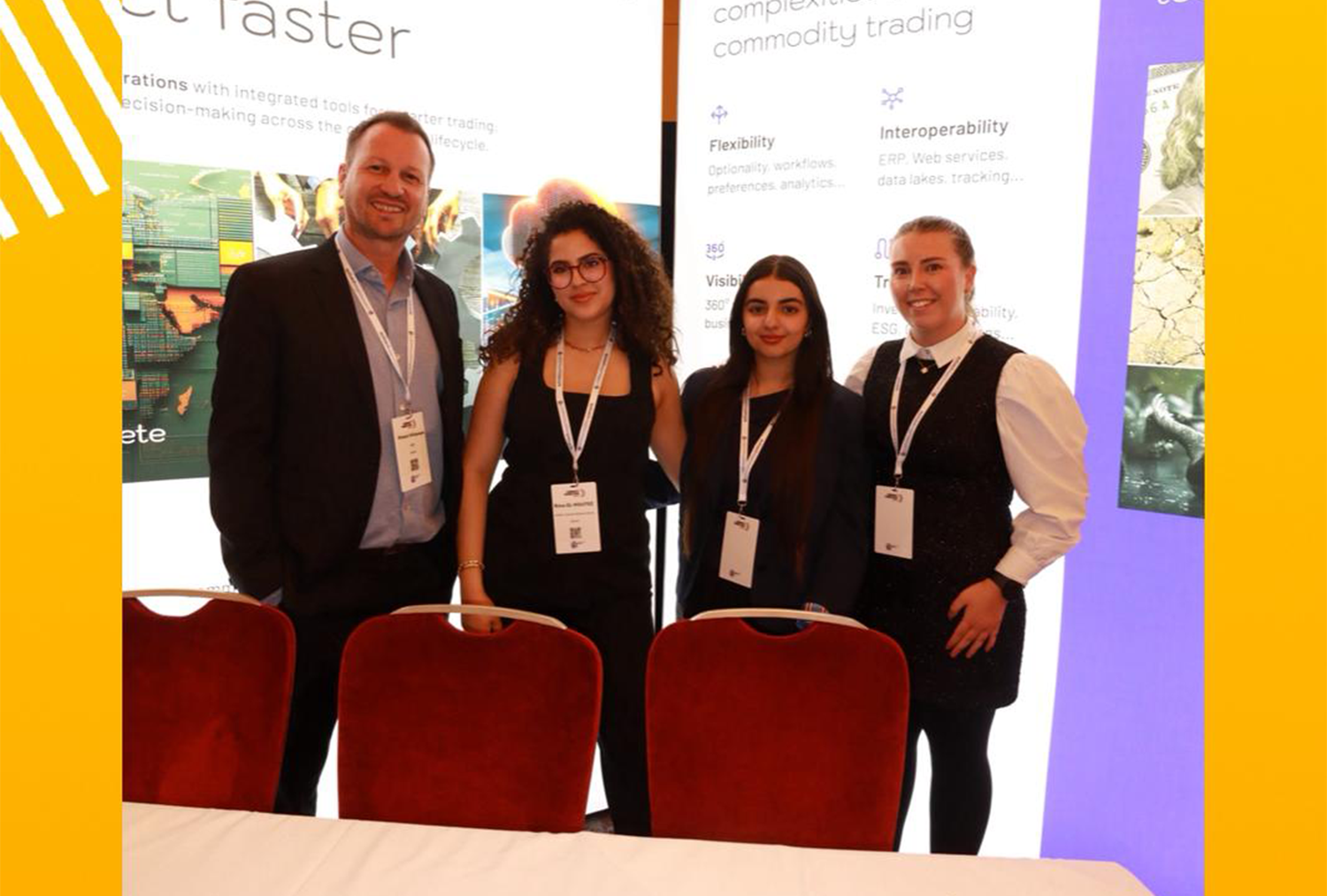All metal markets have been volatile throughout 2021, and the uncertainty shows no sign of easing. For example, in the ferrous space, iron ore prices have crashed following a move by the Chinese government to extend pollution controls and steel production caps. The turbulence has also been fueled by the precarious position of the second-largest property developer in China. Evergrande is at risk of defaulting on at least some of its $300 billion liabilities in a large-scale collapse. This could compound the already reduced demand for building materials such as rebar, by causing a ripple effect through China’s construction sector that could even extend into financial markets.
Meanwhile, steel production in the UK has been hit hard by the price of energy in recent days – the energy-intensive industry is seeing spikes to prices 50 times higher than usual. Steelmakers are warning that if the energy crisis continues, steel production will be uneconomical, with some halting production during the worst pricing, and the threat of British manufacturing slowing to a 3-day work week over winter to save on energy costs.
In a global market there are of course many other factors also impacting on the different traded metals right now, and whilst we can see indicators of some potential future disruptions to the market, we certainly can’t predict what will happen in future.
To deal with market volatility and be prepared for whatever disruptions arise in future, commodity traders need to ensure their strategy is clear, their people are empowered to act as needed and every team within the business is working together effectively to achieve their shared goals.
Risk teams
Market volatility means that risk teams need to be even more alert than usual, not only to price and market risk, but to other exposures too. FX risks and geographic concentration can cause problems in the ongoing Covid-19 pandemic, with uncertainty over future port closures and the risk of economic issues in the countries above only some of the potential challenges. Regulatory risks can also increase during periods of volatility, as governments can be pressured into making sudden changes to protect consumers and economies.
Risk teams therefore need to be scanning for these external risks and ensuring they have the processes to alert traders so that they can adapt their strategies before an emerging risk becomes a serious threat. Risk managers also need to ensure their hedging is as accurate and near-time as possible to protect against sudden market moves. Whereas in the past, it might have been acceptable to base hedges on reports complied daily or even weekly, a combination of high volatility and the availability of real-time CTRM software means that this should no longer be the case.
With good cloud-based commodity management software like Gen 10’s CommOS, risk reports are updated in real-time as traders create contracts, operators move goods and payments are received, meaning that risk managers have a clear view of a wide range of risk factors at all times and can adjust their hedges in response to real-world events as they happen, without the added risks of delayed actions.
Trading teams
Trading teams need to be connected to risk teams to mitigate the risks of market volatility. They need to be aware of the information and analysis coming from risk managers, and need to close the reporting loop by sending information on their actions back to the risk function.
The good news is that commodity management technology facilitates easy communication between teams. As mentioned above, risk reports are automatically updated without traders needing to take any action, and the information that traders need is also updated as it is changed by risk teams. Traders can be given pre-approvals based on set counterparty or grouped KPIs so that they can respond more quickly to the opportunities that volatility creates, without needing manual confirmation, allowing them to create great profit from these opportunities and improve the business’ bottom line.
Traders may also need to employ greater pricing flexibility during volatile periods. They may, for example, wish to price a contract against multiple forward curves in different currencies, to mitigate some of the risk of volatility or capitalise on its opportunities. Again, commodity management technology makes this easier, by calculating the pricing and populating documents including contracts and invoices, and by ensuring the teams that need it have instant access to the pricing data, with no risk of it being incorrectly copied or mis-calculated by a human.
Operations teams
Firstly, operations teams need information from the front office so that they can create the best plans for incoming and outgoing shipments. And during the current environment, they also need to be rapidly informed of any disruptions such as shipping price volatility, delays, or port closures so that they can adapt their strategies as the real-world situation changes. And as operators manage disruption, again they need to ensure the front office is aware of any actions that could affect their clients or trading strategies and that any relevant information is passed to the risk team, allowing their colleagues to take equally fast action as needed.
Work Better. Together.
In the volatile market we find ourselves in today, there are many opportunities alongside increased risks. For your organisation to seize these opportunities, each team needs to be working effectively in their own right and pulling together in one united effort to improve outcomes across the business as a whole.
Commodity management technology supports organisations by helping them communicate a single clear purpose and breaking down organisational silos so that data is shared as it is created and analysed as it is needed, so that your people can get on with doing what they do best.



